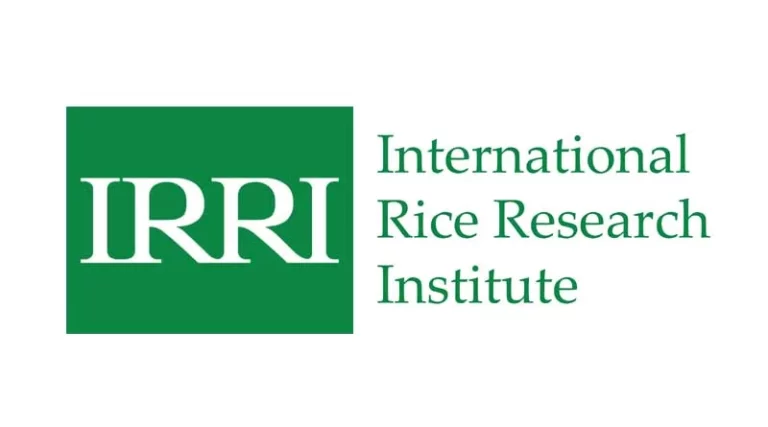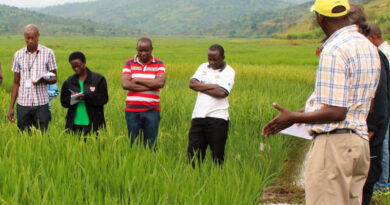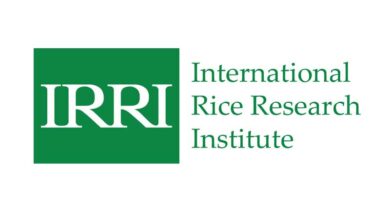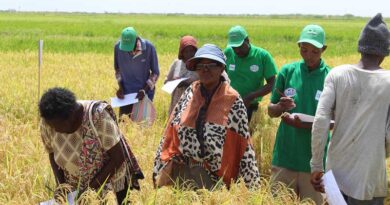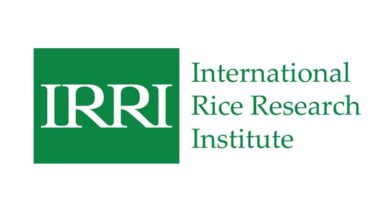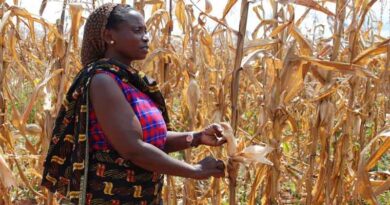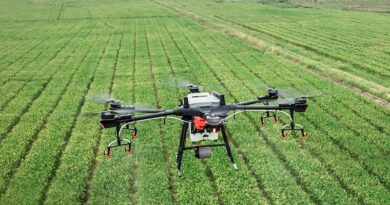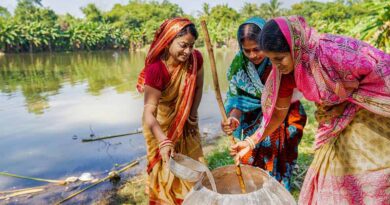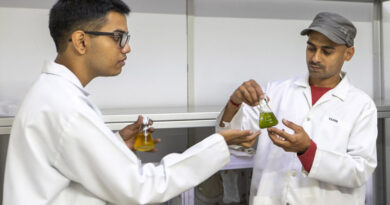A newly identified elite pool of salinity-tolerant genotypes promises to deliver higher genetic gains
07 February 2024, Asia: A new study identified an elite pool of the best salinity-tolerant genotypes that will provide scientists at the International Rice Research Institute (IRRI) with a readily available genetic resource to speed up the development of salt-tolerant rice varieties and boost genetic gains.
Genetic gains in IRRI’s rice salinity breeding and elite panel development as a future breeding resource, recently published by the journal Theoretical and Applied Genetics, was undertaken to estimate the genetic trends in the IRRI’s salinity breeding program and identify top-performing rice genotypes as future genetic resources for breeding the new salinity tolerant genotypes for saline prone areas.
Genetic gain, which is the improvement in the average genetic value of a population over multiple breeding cycles, is an important parameter to check the progress of breeding programs and measure their efficiency. Genetic gains in rice under salinity environments at the global level have never been estimated. In this study, a tremendous effort was made to collect the big historical data of IRRI’s rice salinity breeding, pre-process it, and put it in the analytical framework to estimate the genetic gains. In addition to estimated genetic gains, top-performing genotypes based on high breeding values for grain yield were identified as a future elite breeding resource.
Millions of hectares of land suitable for rice cultivation in South Asia, Southeast Asia, and Africa produce lower yields due to soil salinity. The coastal regions of South and Southeast Asia, which account for 65% of global rice production, are heavily affected by increasing salt-water intrusions as a direct consequence of climate change.
Moreover, future rice production will rely heavily on irrigation, which also contributes to increasing soil salinity. Thus, the rapid development of high-yielding salt-tolerant varieties with better adaptation to the changing climatic scenarios is crucial to global rice food security.
The authors in this study emphasize that in IRRI’s salinity breeding program, a significant tweaking in the breeder’s equation through modernization and optimization is highly required to achieve higher genetic gains, deliver improved salinity-tolerant products for a given market segment, and ensure food security. Major interventions integrated into the IRRI’s breeding program have been discussed. For example, population improvement-based breeding strategy and genomic selection have been fully implemented in the program. A new breeding approach called Connected Breeding has been developed and integrated into the breeding program to run the population improvement and diversification of the elite pool in parallel without decreasing the mean performance of the elite lines or pushing the genetic gain back.
The authors conclude that the current rate of genetic gains observed in the salinity breeding program is comparatively lower than the required genetic gain rates of 1.5% or above. To deliver higher rates of genetic gains in the salinity breeding of IRRI, a holistic and systematic breeding effort with the integration of modern tools and technologies is required. A newly identified elite pool in this study is key to driving the higher rates of genetic gain in the breeding program. A well-focused population improvement program with systematic pre-breeding efforts, quick recycling, robust experimental design, mixed-model analysis, characterization of environments, and defining the target product environments (TPE) are the future targets of the breeding program to deliver constant and higher rates of genetic gains.
Also Read: Best Agrolife to manufacture a combination of Trifloxystrobin, Thiamethoxam, and Thiophanate Methyl under the brand name Warden Extra
(For Latest Agriculture News & Updates, follow Krishak Jagat on Google News)

